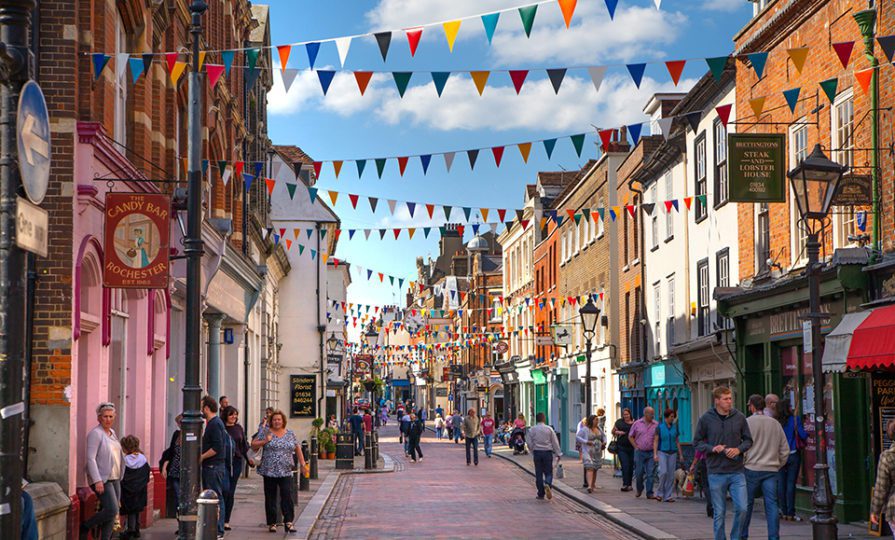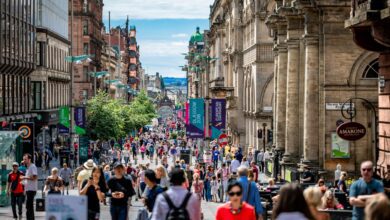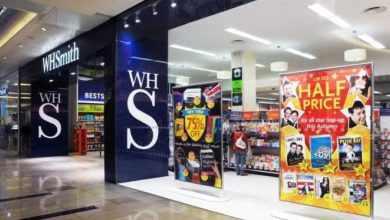Nearly 50 high-street stores closed a day in H1, study finds
The research showed that in total, 3,488 shops opened compared with 8,739 closures, creating a net decline of 5,251

Over 8,700 chain stores have disappeared from UK retail locations in the first six months of 2021, equating to over 47 stores a day, according to the latest PwC research compiled by the Local Data Company (LDC).
The research showed that in total, 3,488 shops opened compared with 8,739 closures, creating a net decline of 5,251.







